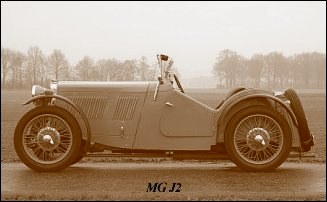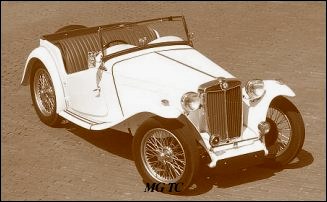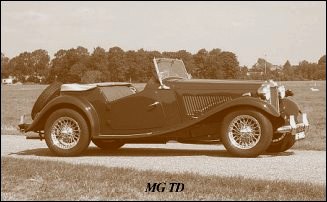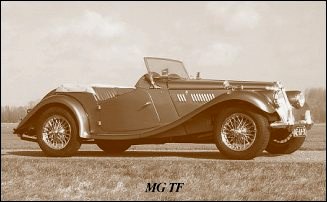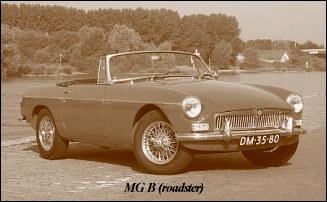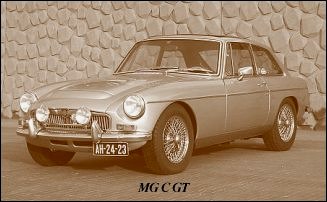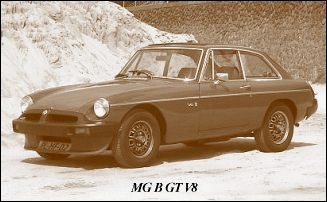|
MG (Morris Garage) was set up by William Morris in the year 1923 to market a more sporty line of Morris models. Morris Production Manager, Cecil Kimber, was transferred from the factory in Cowley to Morris Garages (in Abington) to design MG's using Morris parts. MG production in Abingdon started in the year 1924. At the end of the 1930s, even normal passenger cars were introduced under the MG label.
The business flourished when in 1945, just after World War II, the sporty prewar MG TB and its successor the TC stole the hearts of the American soldiers. Numerous MGs were shipped to America where this type of motorcar was yet unknown.
Demand for the MG sports cars quickly rose in America, and most of the MGs were sold across the big pond in the years that followed. MGs were simple and well-built, affordable and easy to maintain. In 1952, Austin Motor Corporation merged with Morris Motors to form British Motor Corporation Ltd*.
In 1955, the pre-war TB and the post-war TC, TD and TF series with their pre-war designs were followed by the MG A roadster, which also became available as coupes after 1956.
In 1962, the successful MG A was followed by the even more successful and austerely but elegantly lined MG B. This series, too, mainly found its way to America. The MG B was available as roadster and as a 2+2 coupe, called the ‘GT’.
As British Motor* had stopped the production of the Austin Healey, there was again the need for a six-cylinder sports car from this stable, which made the MG C see the light of day in 1967. It was an MG B with a six-cylinder engine. However, this car failed to live up to expectations as its road-holding and character were not of Healey’s caliber. Eventually, Healey’s successor was to come from the newly merged British Leyland* stable in 1968, and was called the Triumph TR6.
In 1973, a V8 variant of the MG B came onto the market: the MGB V8. This model had a powerful Rover 3.5 litre V8 motor and was to be built until 1976.
The MG B roadster and the GT were sold until 1980, and, under pressure from American legislation, were adapted with safety-enhancing and emission-reducing conversions during their last five production years. The resultant thick rubber bumpers and less powerful engines made these cars much less attractive. Meanwhile, Japan produced the Datsun 240 Z, and put an end to the British sports car hegemony in America. In 1980, it
was curtains for MG B. In the years after, some Austins did appear, ‘dressed
up’ as MGs but we’d rather forget about them. Finally, in the 1990s,
a worthy successor emerged in the form of the MG F, which is available
to this day. Click here to view a large and detailed selection of MG models in the ClassicarImages archives. * |
